Lab-grown diamonds and natural diamonds might look the same at first glance, but their stories couldn’t be more different. One is born deep underground over billions of years. The other is built in just weeks using cutting-edge science.
Lab Grown Diamonds vs Real Diamonds
Still, there’s more to these clear gemstones than meets the eye. From price and quality to how they’re made and what they stand for, the choice between them is about more than just looks.
Whether you’re shopping for something special or curious about how diamonds are evolving, it helps to know what sets them apart.
What are Lab Grown Diamonds?
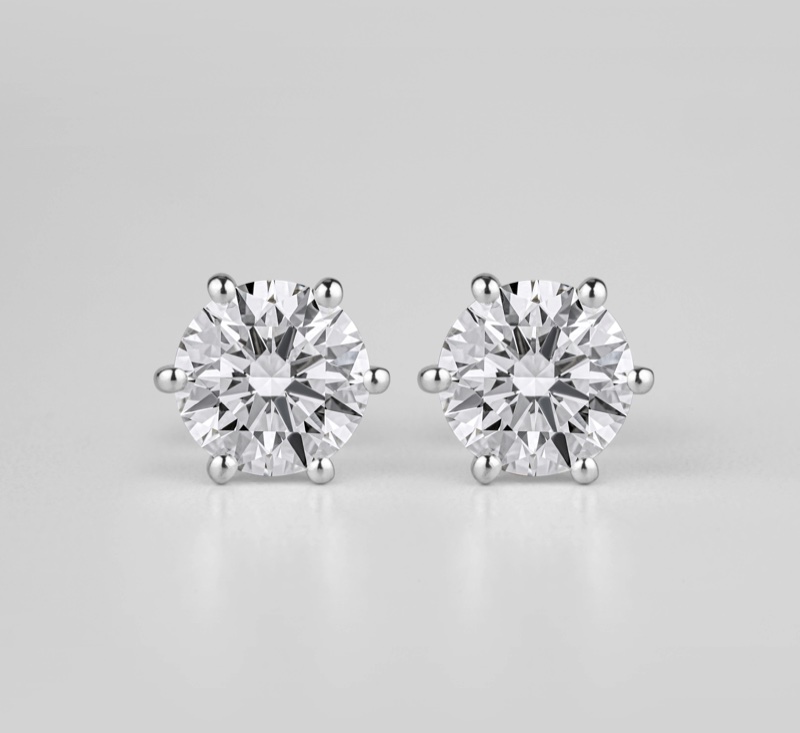
Lab-grown diamonds are real diamonds made in a lab, not in the ground. They were first made in 1955. Scientists create them using heat and pressure, just like the Earth does, but in a controlled setting.
These stones are also called engineered diamonds because they’re built using advanced technology.
There are two main ways to make them: High Pressure High Temperature (HPHT) and Chemical Vapor Deposition (CVD). Both methods grow diamonds that look and feel just like natural ones.
They have the same sparkle, hardness, and structure. Lab-grown diamonds can be made in just a few days or weeks.
What Are Real Diamonds?
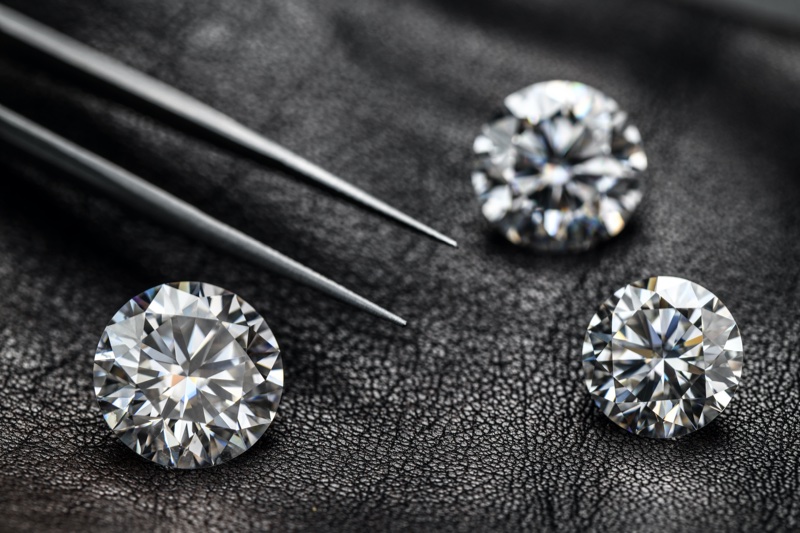
Real diamonds are formed deep underground over millions or billions of years. They’re made when carbon is exposed to extreme heat and pressure inside the Earth. Over time, this process creates the sparkling stones we know as diamonds.
These gems are mined from the Earth and then cut, polished, and sold around the world. Because of their natural origin, no two are exactly the same. Some people see this as part of their charm.
Key Differences
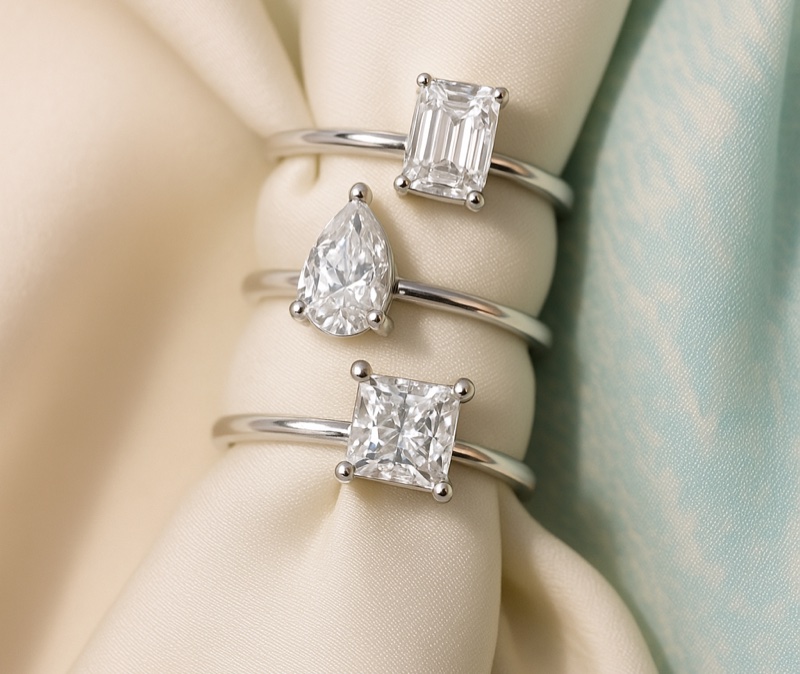
Lab-grown and real diamonds may look the same, but there are a few key things that set them apart:
Origin
- Lab-created diamonds are made in a lab in just a few weeks.
- Natural diamonds form underground over billions of years.
Materials
- Both are made of carbon and have the same chemical structure.
- They look and feel nearly identical.
Production Method
- Lab-grown diamonds are made using advanced machines.
- Natural diamonds are mined from the Earth.
Value
- Natural diamonds usually hold resale value better.
- Lab-grown options lose value faster due to changing demand.
Grading
- Professional gem labs can certify and grade both types.
Perception
- Some buyers value the rarity and tradition of natural diamonds.
- Others prefer the modern, tech-based story of lab-grown stones.
Appearance and Quality
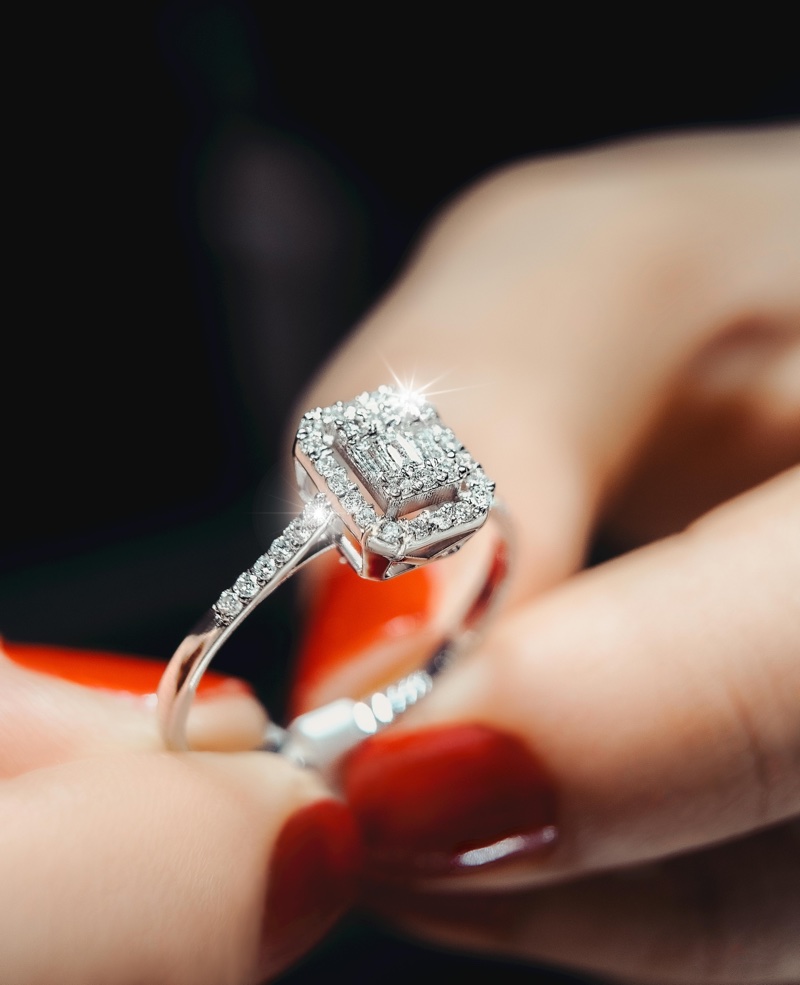
At first glance, lab-grown and real diamonds look exactly the same. Both sparkle, shine, and catch the light beautifully. They have the same hardness, brilliance, and structure. You can’t tell them apart just by looking.
Even trained jewelers need special tools to spot the difference. Both types are graded using the same standards, which are cut, color, clarity, and carat weight.
Still, there are small details to consider. Natural diamonds may have tiny flaws or marks called inclusions, formed deep within the Earth. Lab-grown diamonds usually have fewer of these marks, which some people see as a plus. Others feel that flaws give real diamonds more character.
One of the few disadvantages of lab-grown diamonds is that some may contain patterns or features from the lab process. These don’t affect beauty, but experts can sometimes see them under magnification.
Cost Comparison
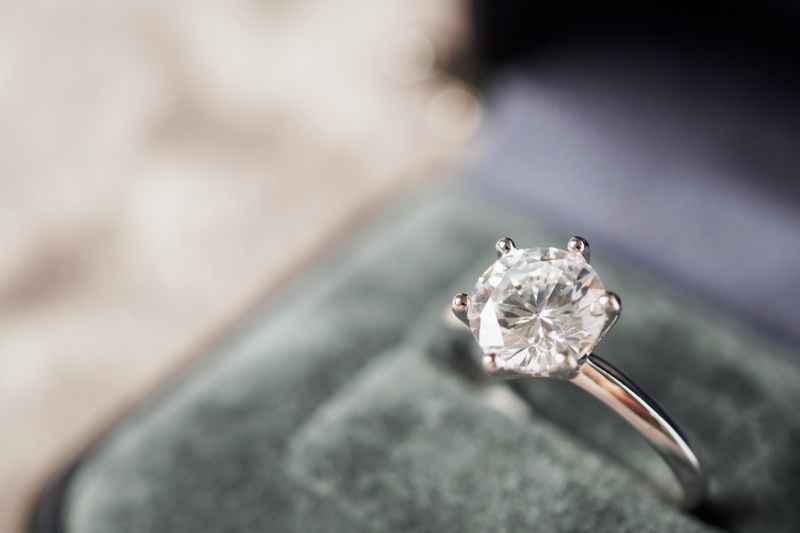
When it comes to price, lab-grown diamonds usually cost less than natural ones. A big reason is supply. Lab-grown diamonds can be made quickly and in large amounts, while genuine diamonds take time and effort to mine.
So, are lab-grown diamonds cheaper? Yes, by a lot. In many cases, you can get a larger or higher-quality lab-grown stone for the same price as a smaller natural one.
Lab-grown diamonds price depends on size, cut, clarity, and color. Just like mined diamonds. But even top-quality lab diamonds often cost 30% to 50% less than their natural matches. For example, a 1-carat lab-grown diamond costs around $1,000, while a 1-carat natural diamond ranges between $4,200 and $10,000.
Longevity and Resale Value
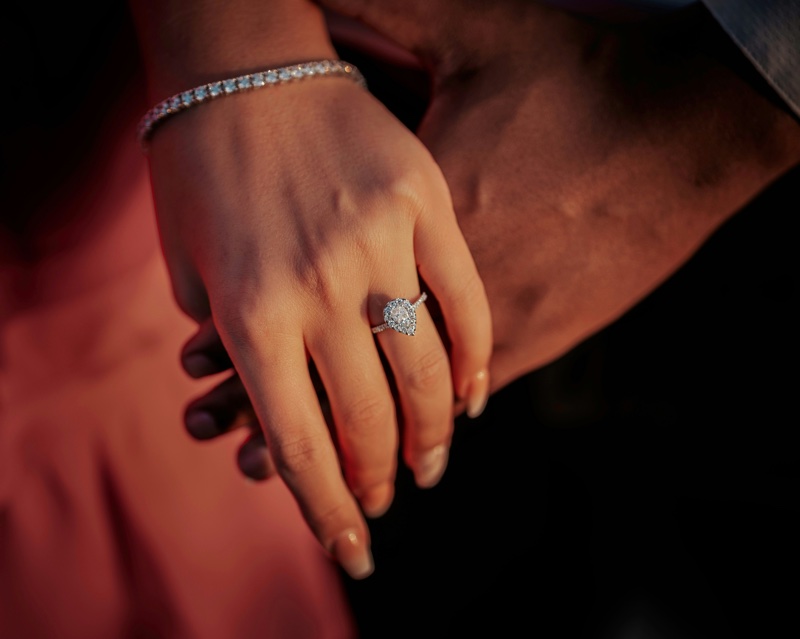
Lab-grown and natural diamonds are both strong and built to last. They rank the same on the Mohs scale of hardness, which means the rings can handle daily wear without scratching or breaking. In terms of strength, there’s no difference.
However, resale value is where things change. Natural diamonds usually hold their value better over time. That’s partly because of tradition, rarity, and long-term demand. Some buyers also see them as collectibles or heirlooms.
Lab-grown diamonds don’t hold value as well. Their prices have dropped in recent years, and they’re easier to replace. This can be a downside for those hoping to resell later or pass the diamond down.
Ethical Considerations
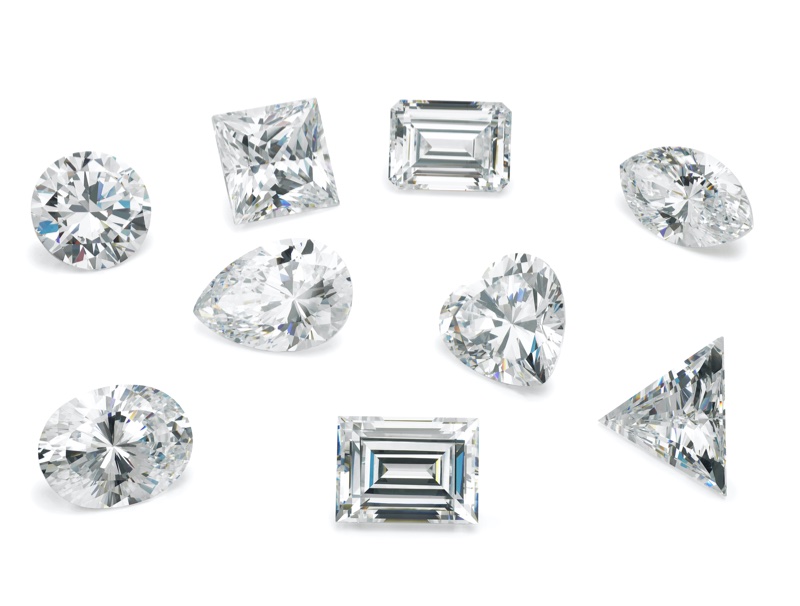
Ethics play a big role in choosing between lab-grown and natural diamonds. Many people worry about how real diamonds are mined. In some areas, mining can harm the environment or involve unsafe working conditions.
Lab-grown diamonds offer a different option. They’re made in labs, so there’s no digging or damage to land. This is why many see them as a cleaner and more responsible choice. Some shoppers also like knowing exactly where their diamond came from.
Still, not all natural diamonds come from harmful sources. Many are now certified as conflict-free, and some mining companies follow strict ethical rules.
Choosing between the two often comes down to your values. If you’re focused on reducing harm and supporting sustainable practices, lab-grown diamonds are a strong option. But if you prefer natural gems, look for stones that are responsibly sourced and certified for ethical standards.
This story originally appeared on FashionGoneRogue

